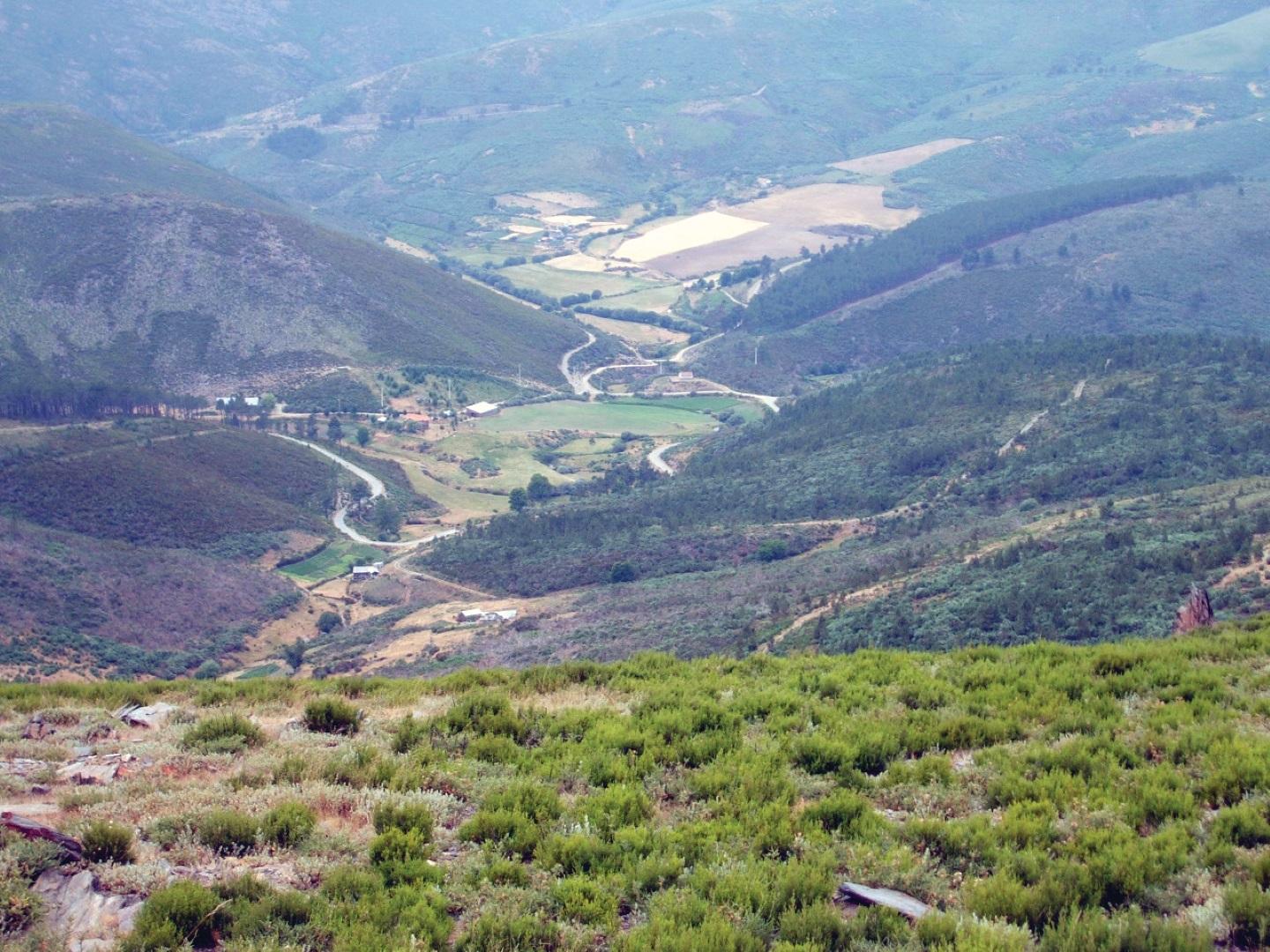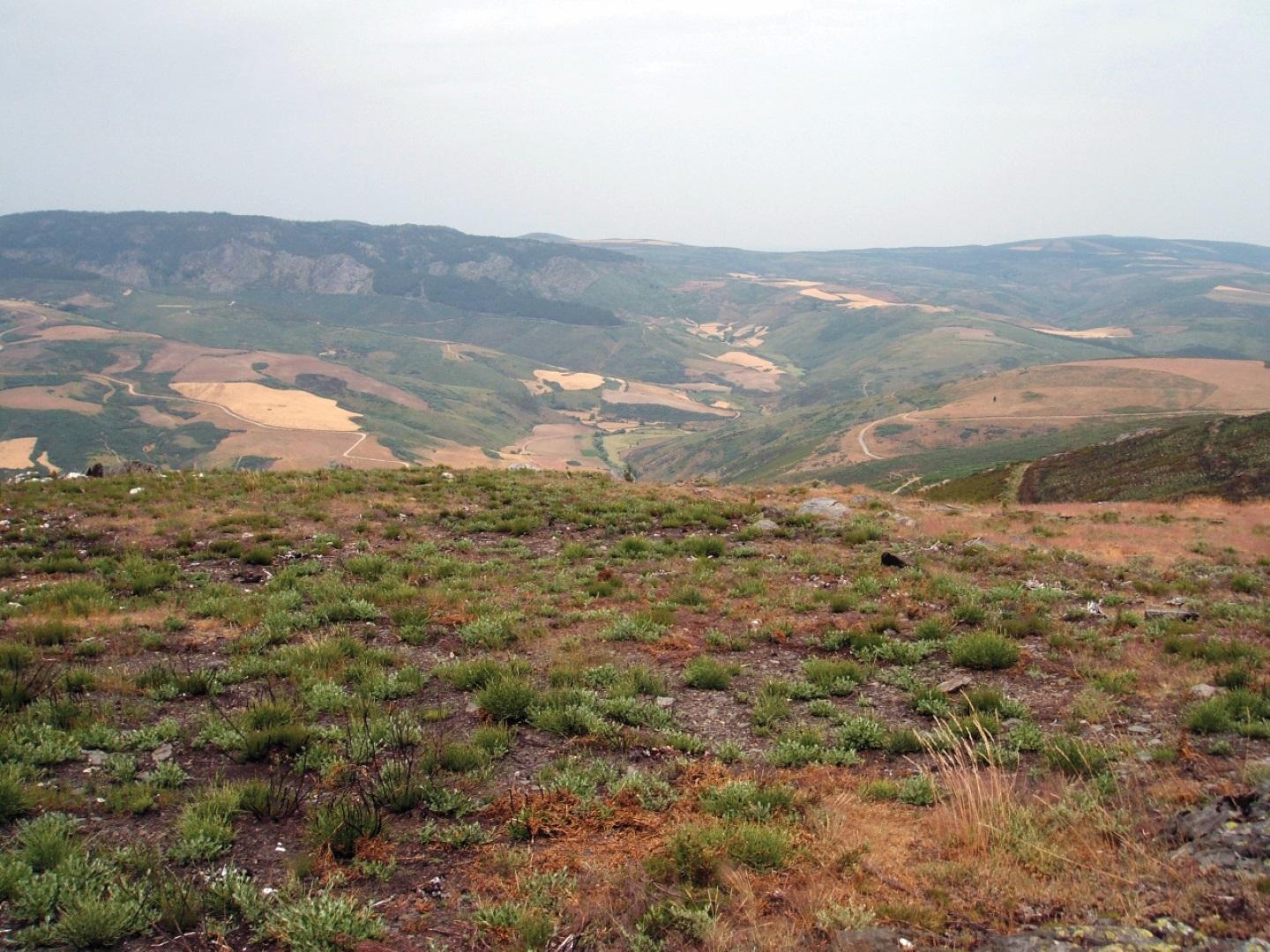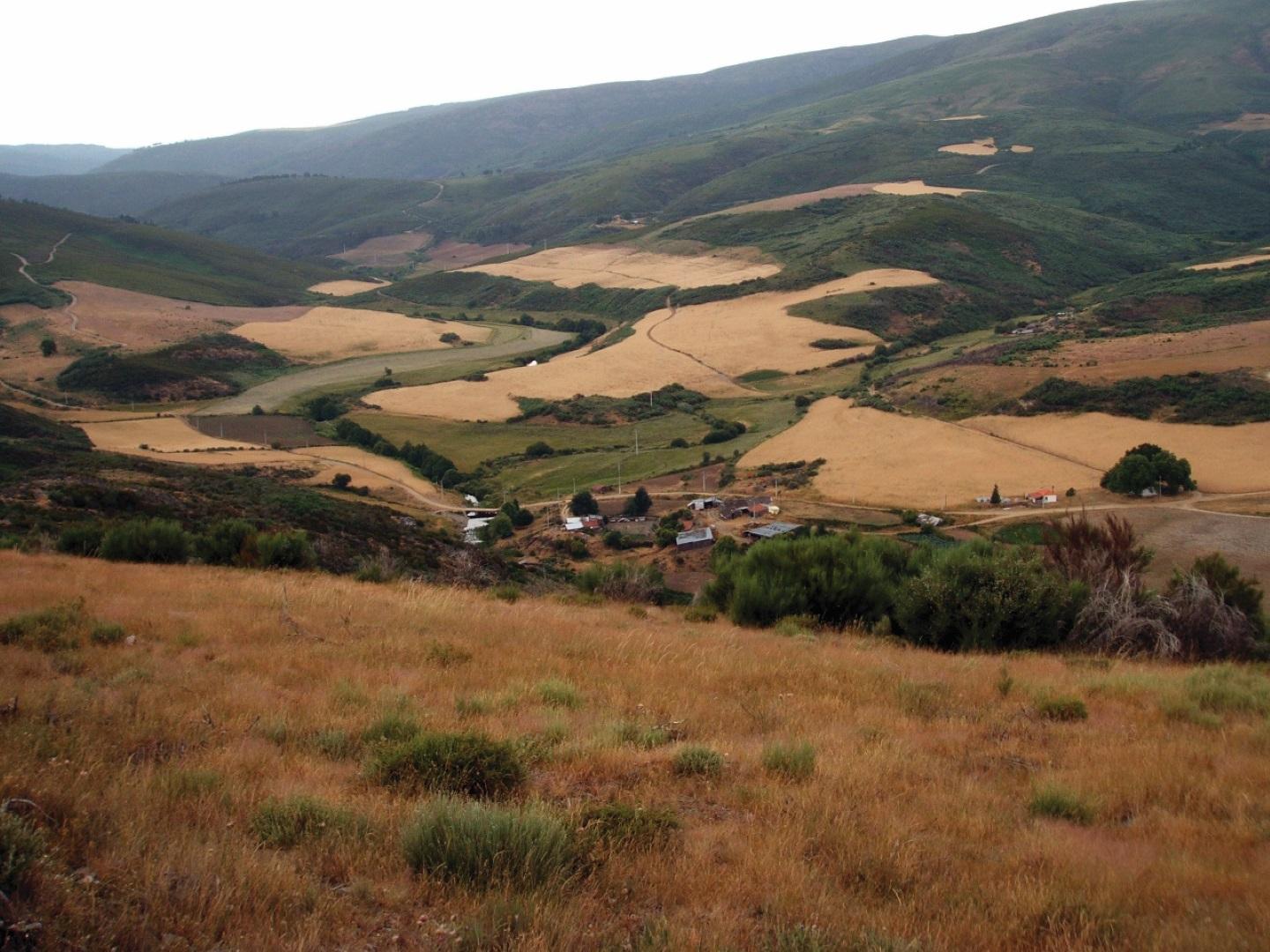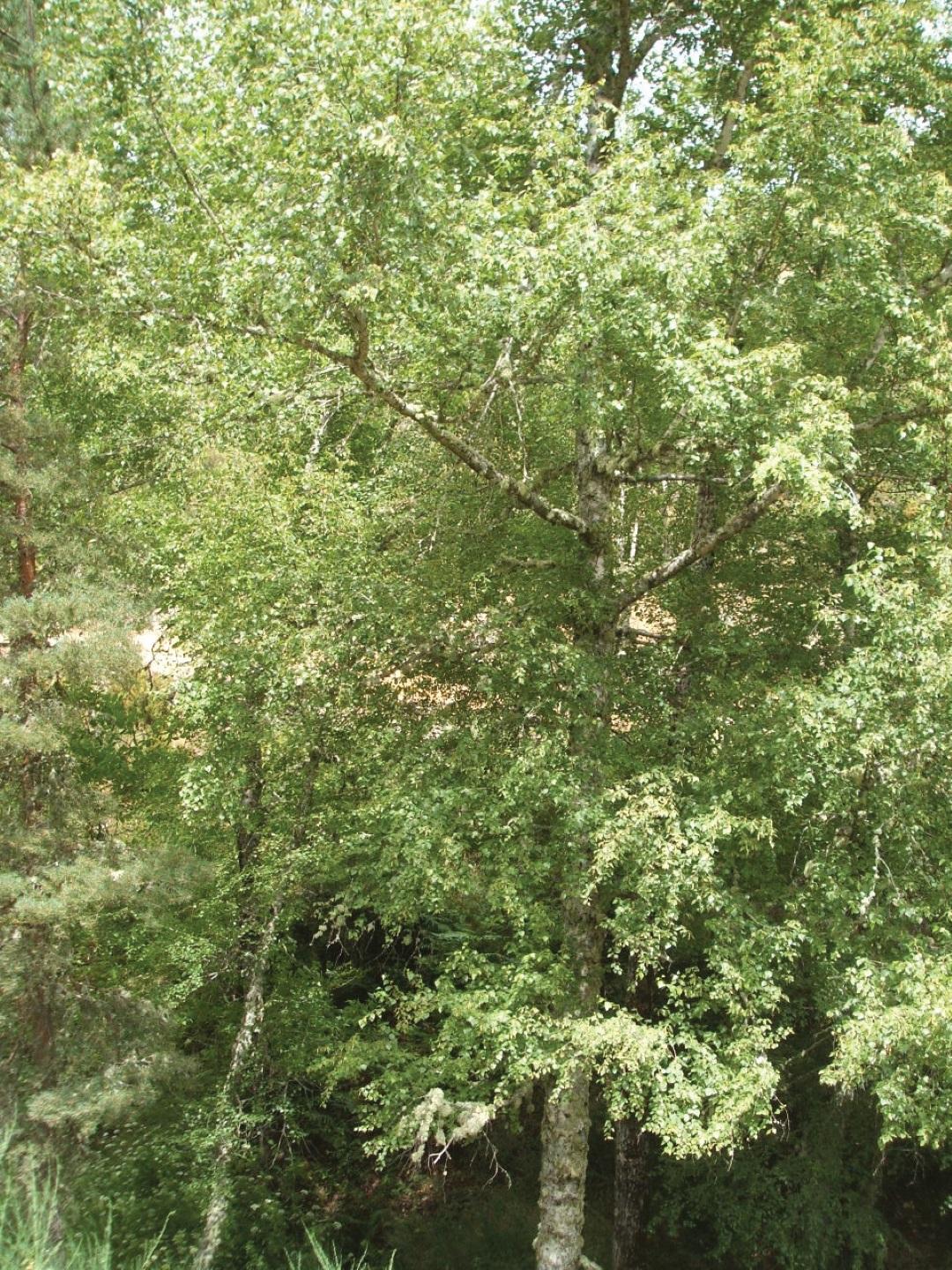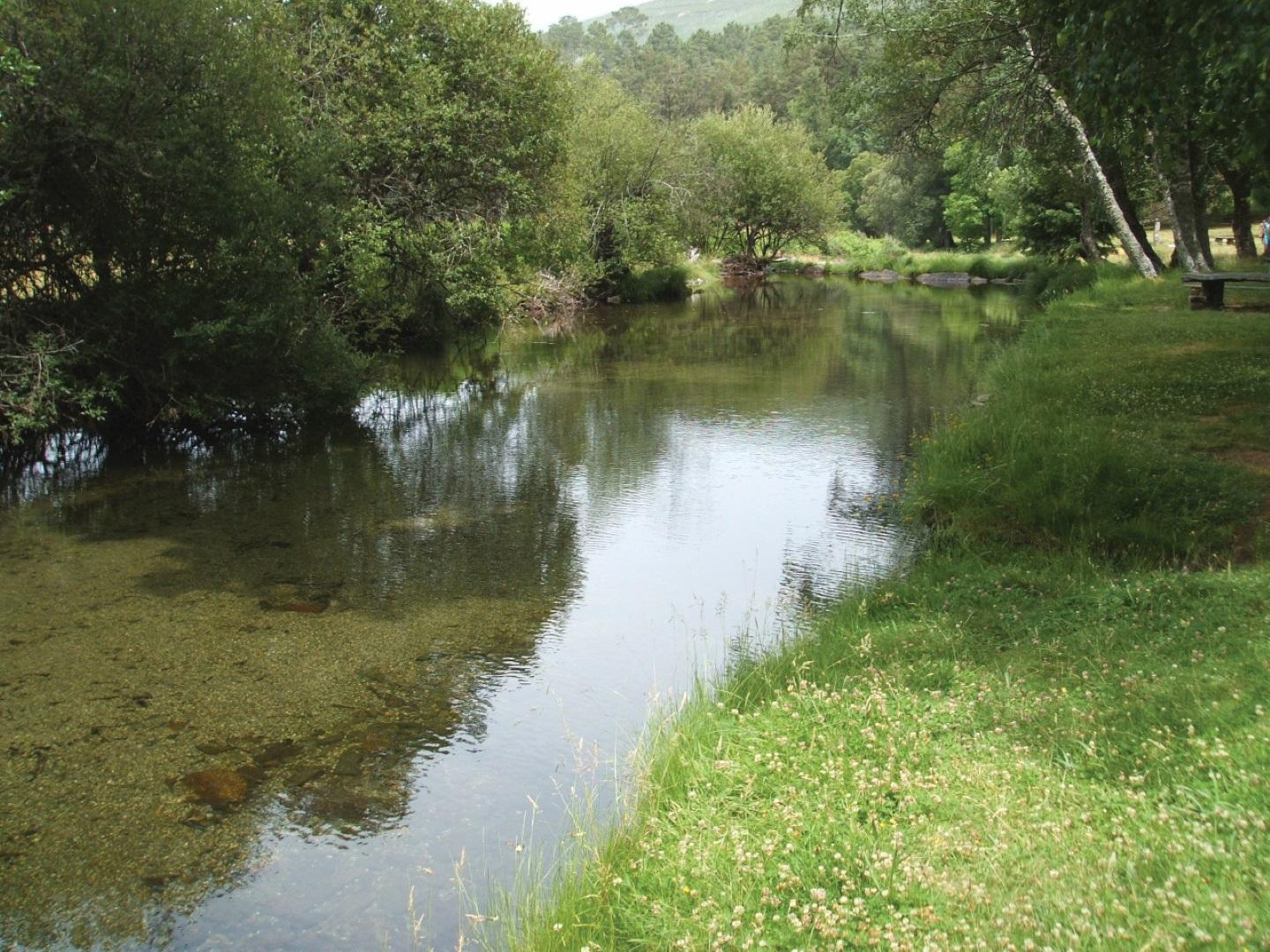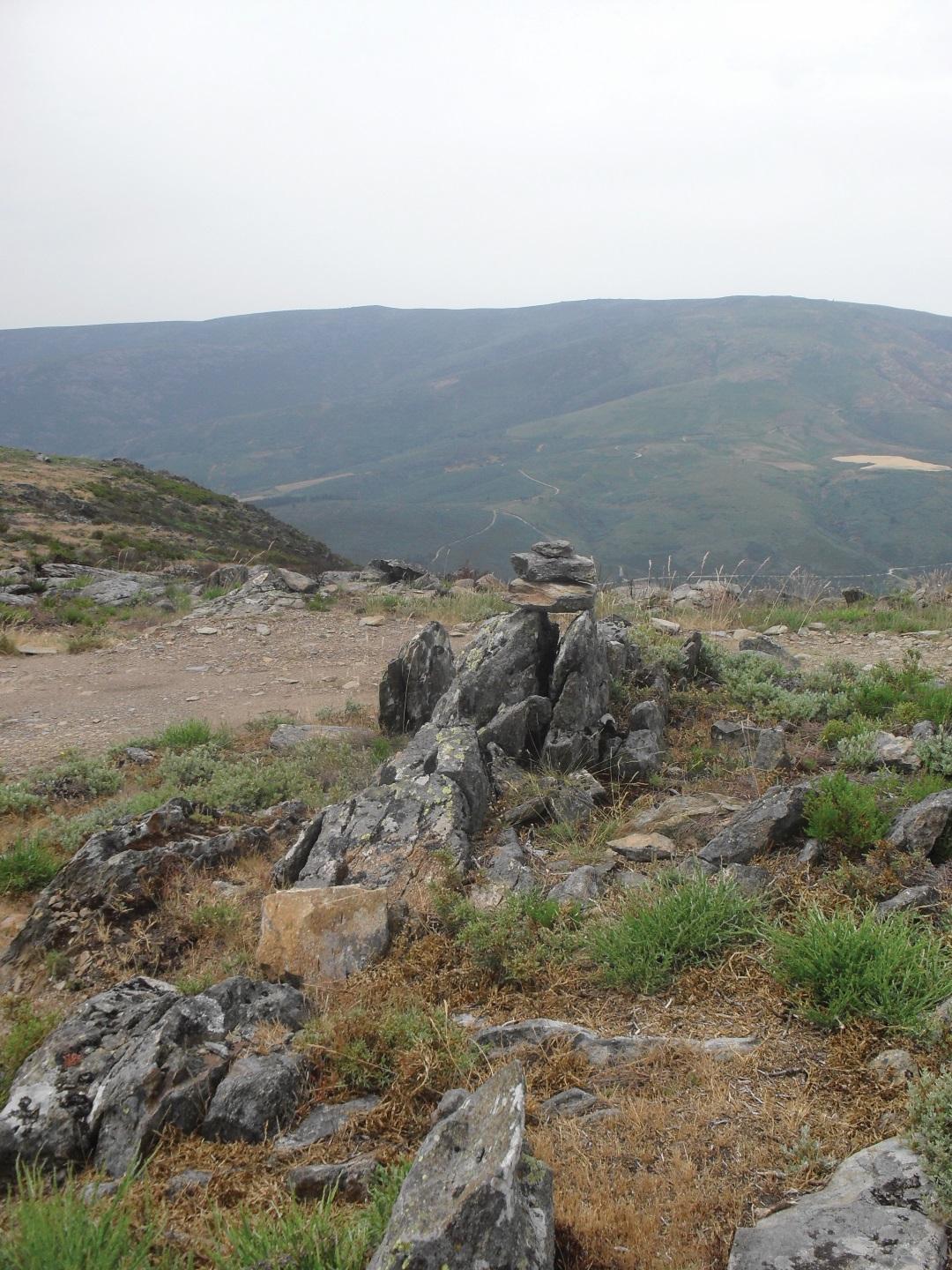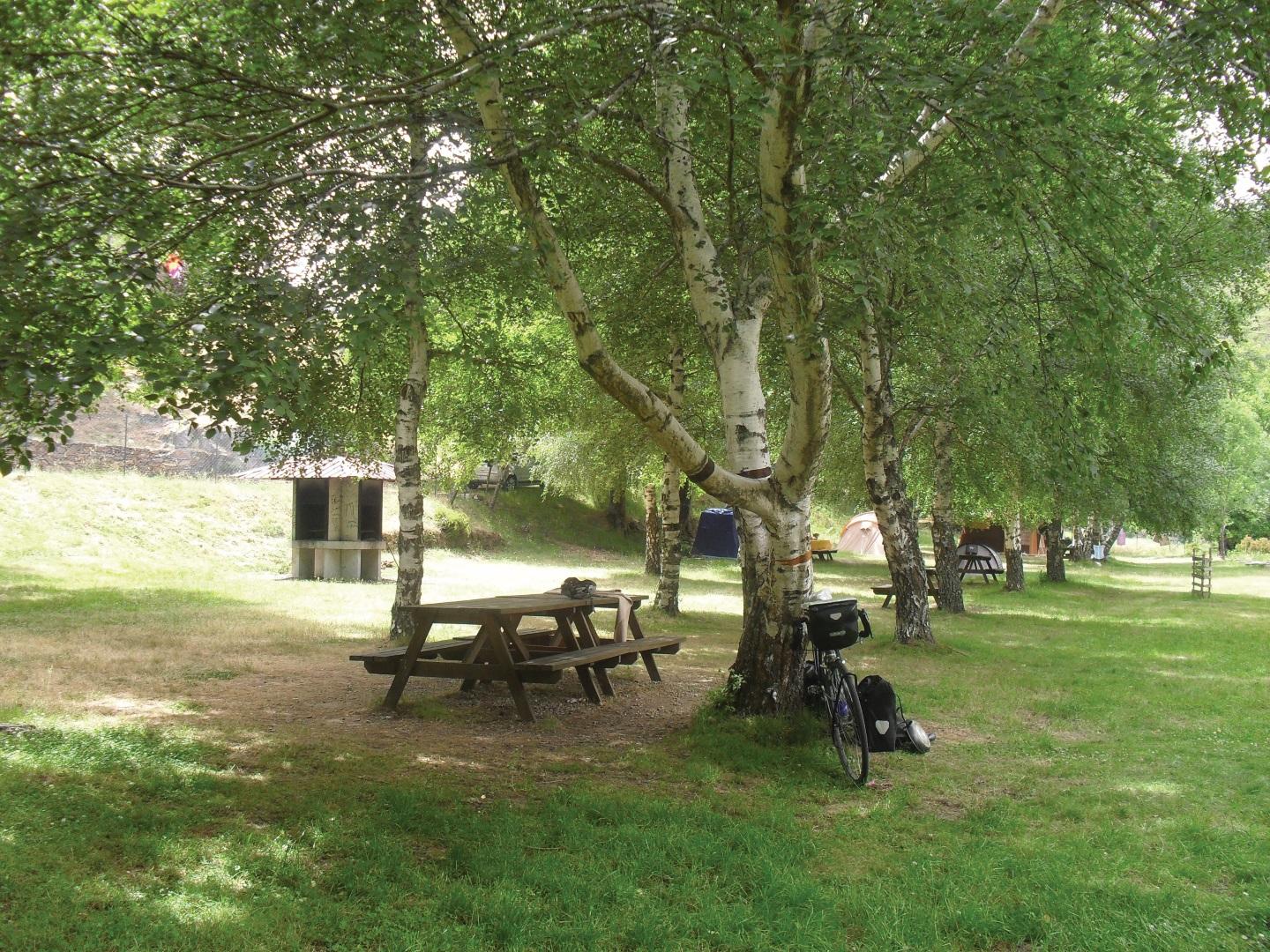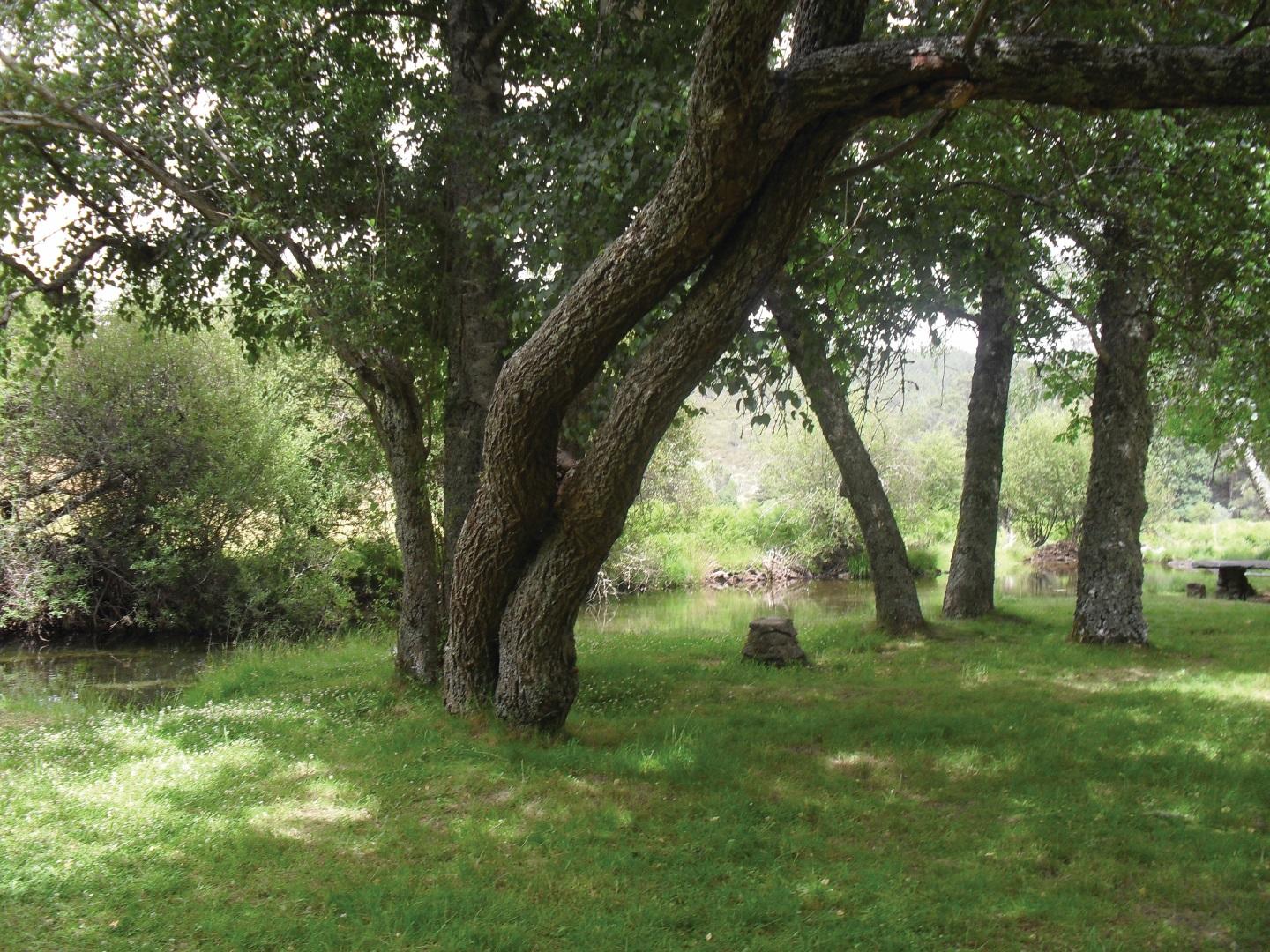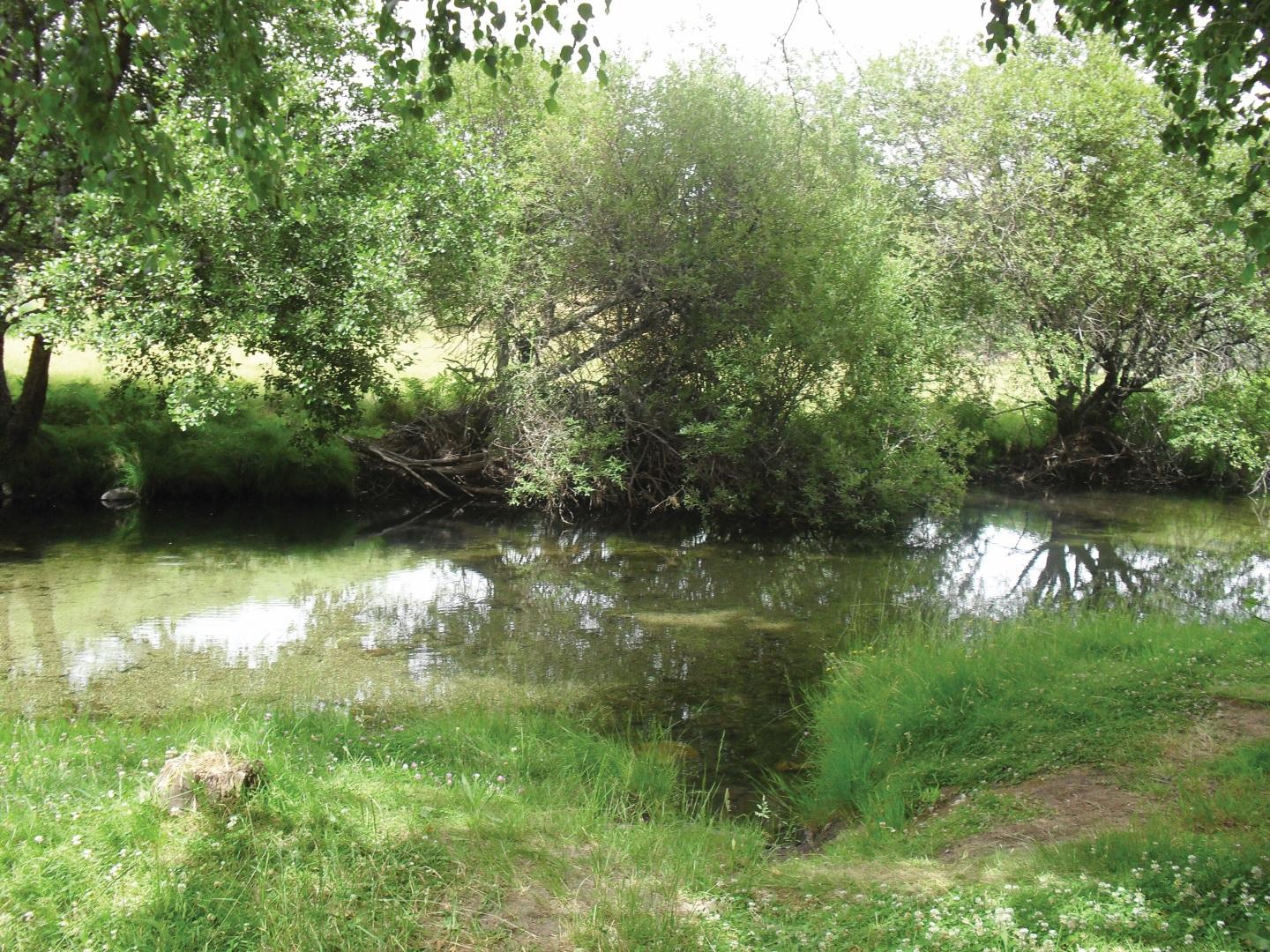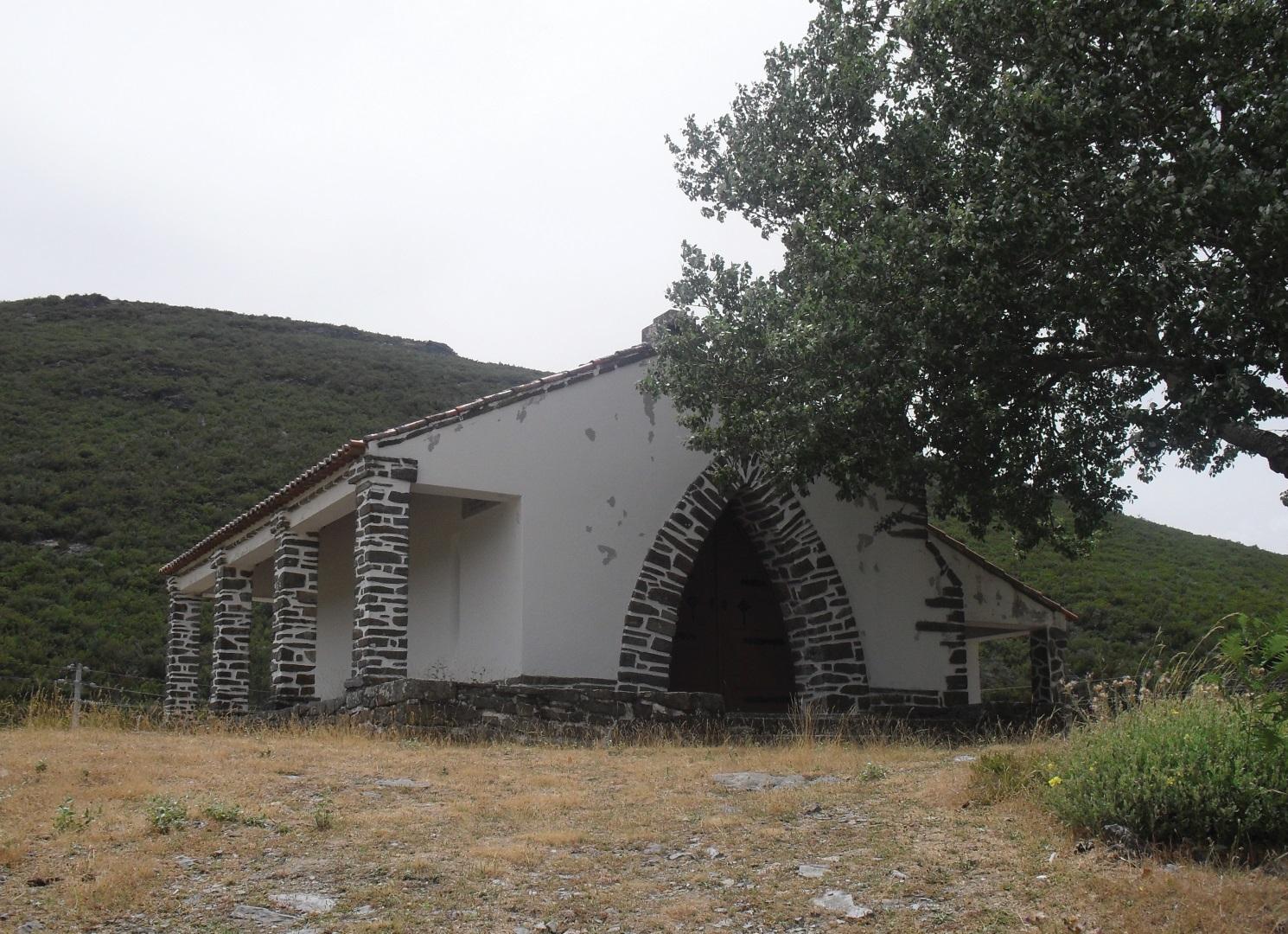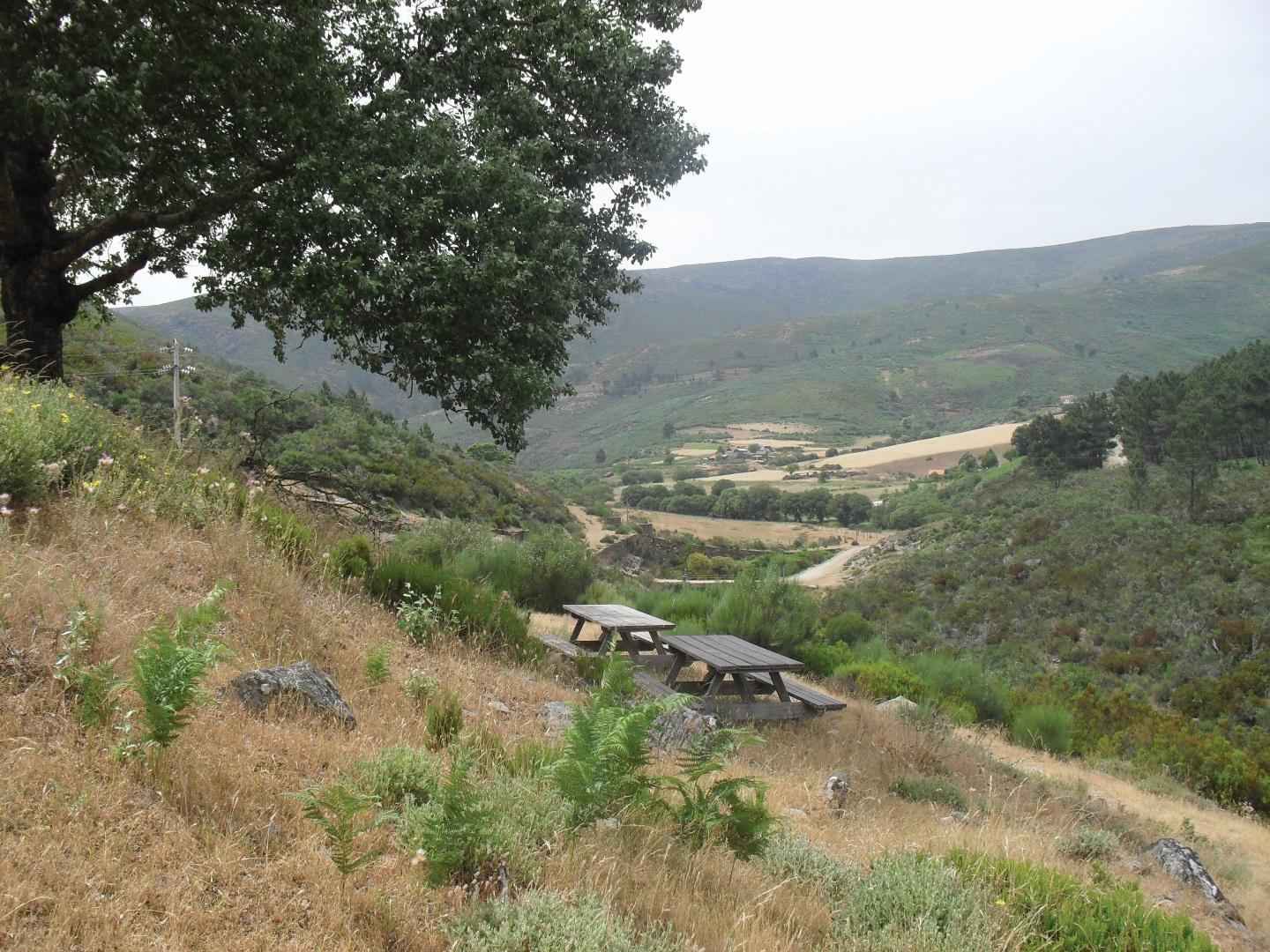
Start of route: next to Covão da Ponte – leaving Manteigas, move toward the Penhas Douradas by EN 232 and exit at junction for Covão da Ponte (C. Ponte).
The Moors Corridor Route, gifted with an unsettling mystical and beauty, is full of biodiversity, allowing the discovery of an extraordinary chromatic and morphologic variety.
Filled out with interesting attractive points to observation, the practice of outdoors activities and to rest, the trail offers the visit to the extensive and impressive ridge of the Moors Corridor (therefore its name), the ancient threshing grounds, the Chapel of Nossa Senhora do Carmo, St Lawrence Chapel, the quartzite outcrops, the magic of the “Covão da Ponte” (Bridge Covão), among other places hard to describe.
Possessing a natural beauty, the “Covão da Ponte” (Bridge Covão) has green spaces that allows to the visitor enjoys pleasant moments in contact with nature, rocked by the bells of the flocks and lightened by the stars.
In the involving, the altitude rye crops draw tiles in golden and brown shades, constituting an example of an ecosystem created by humans that provides a habitat for several species.
This route allows the direct contact with people, the culture and tradition of Manteigas County. Ferreira de Castro, in “The Wool and the Snow” romance (1947), quotes: «(…) the mountain men, that in the Star solitude either herded their sheep, or wove the wool that them provided (…)»”. Of these intensive activities subsists memories today associated to the permanency and specialization of knowledge, work gestures and artefacts production, crystallized in a extensive shepherd and wool culture.
Also noteworthy are the monumental Oaks that surround the St Lawrence Chapel, precious place and living testimony of history.
In this route abound the low bushes (heather, broom, kelp, etc.), which assume as a shelter for a wide fauna variety, such as the pilgrim falcon, the less horseshoe bat, the wild rabbit and the Montagu’s harrier that face high risk of extinction. Apart from these, also live in this area the weasel, the otter and the boar, the common toad, the Iberian frog, the five-fingered skink and the viperine water snake, among others.
- Route PR14MTG
-
- Name: Moors Corridor
- Type: Circular
- Coordinates of the beginning W: 7º30'54.83"W 40º26'31.60"N
- Height at the beginning: 975 m
- Minimum height: 925 m
- Maximum height: 1298 m
- Advised direction: Counterclockwise
- Difficulty: Average
- Extension: 15,5 km
- BTT: Yes
- Useful Documents



